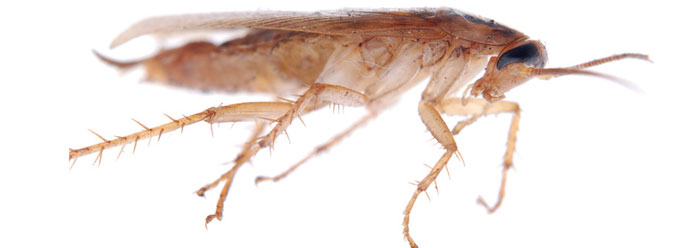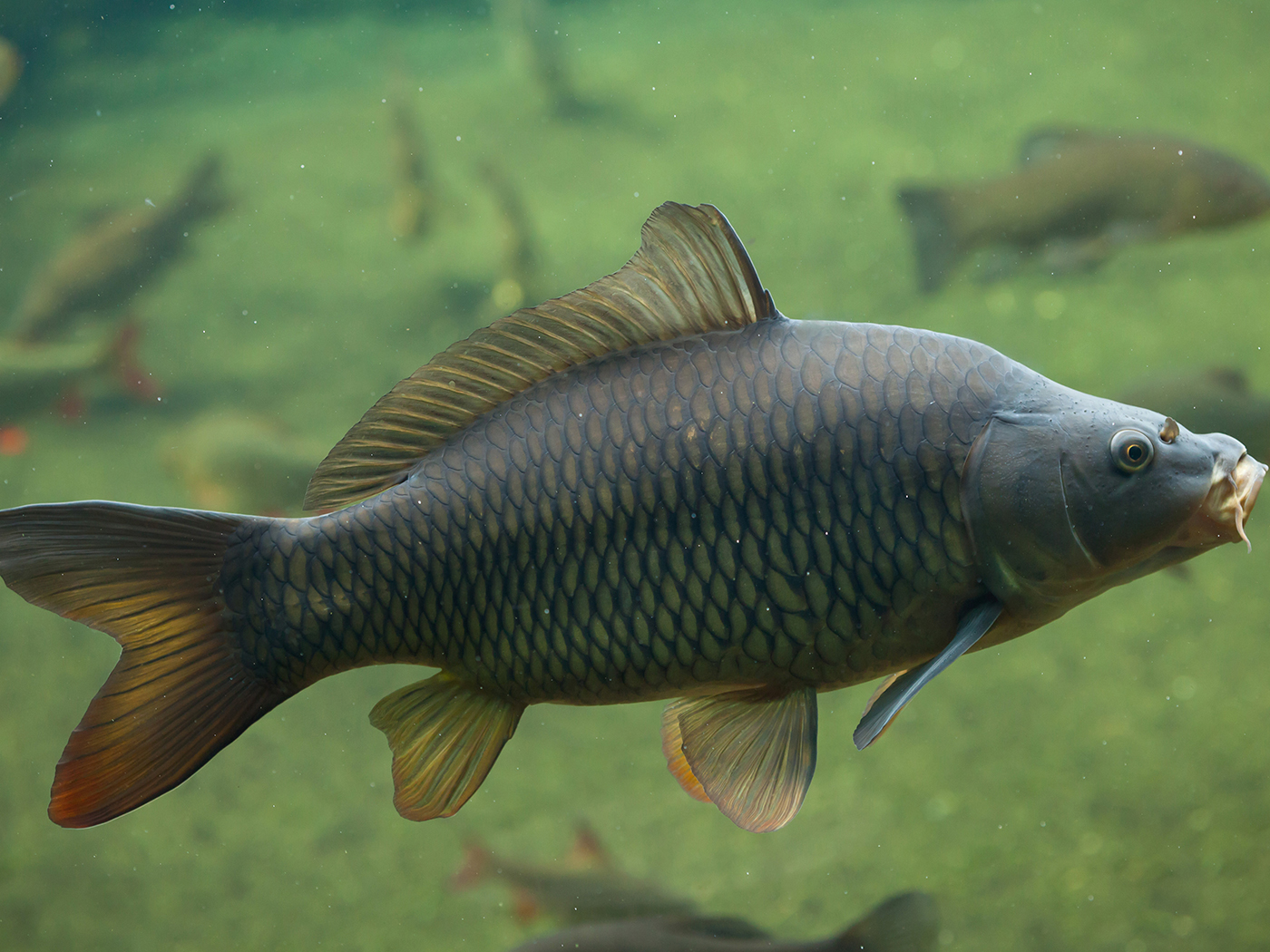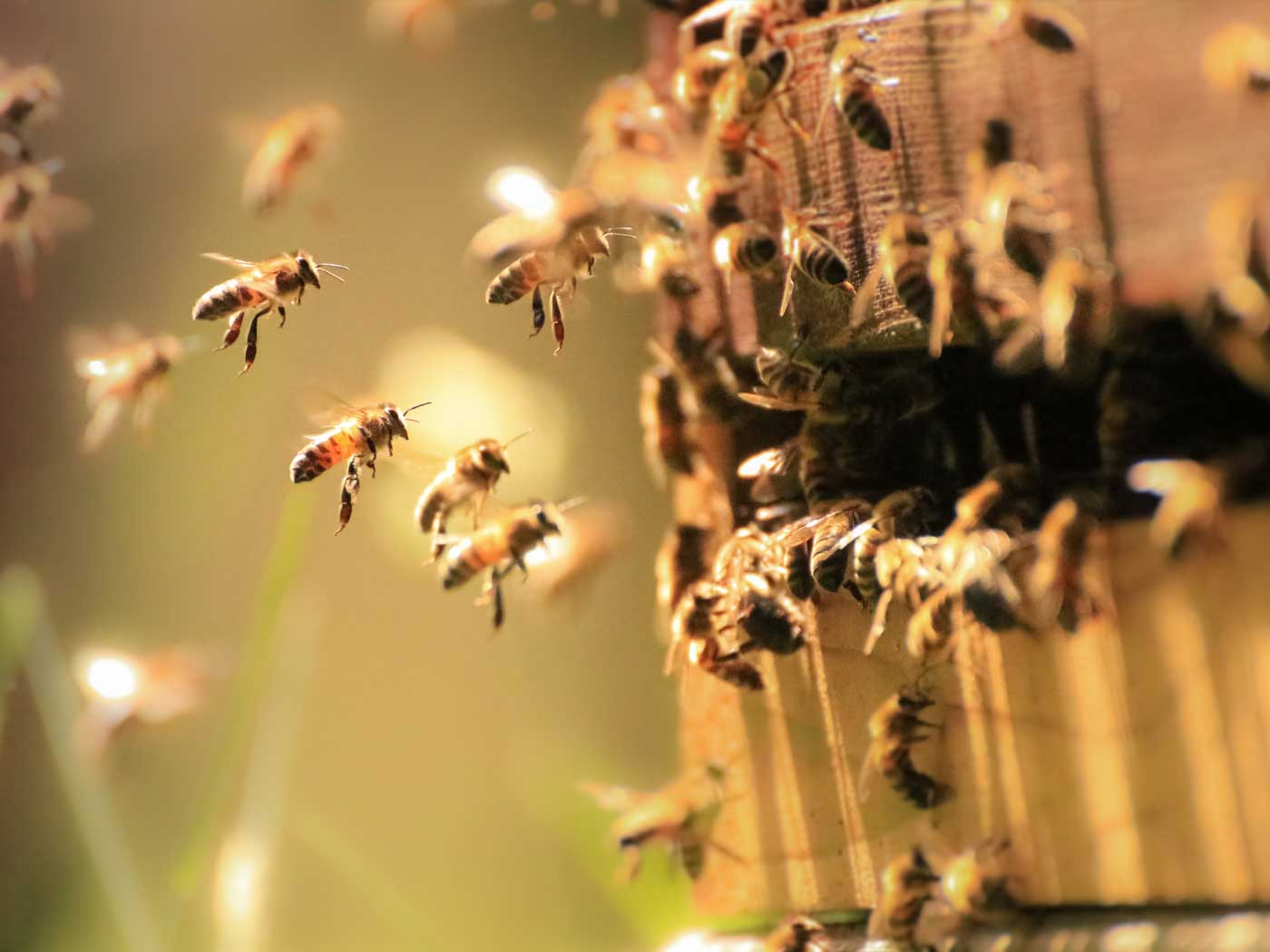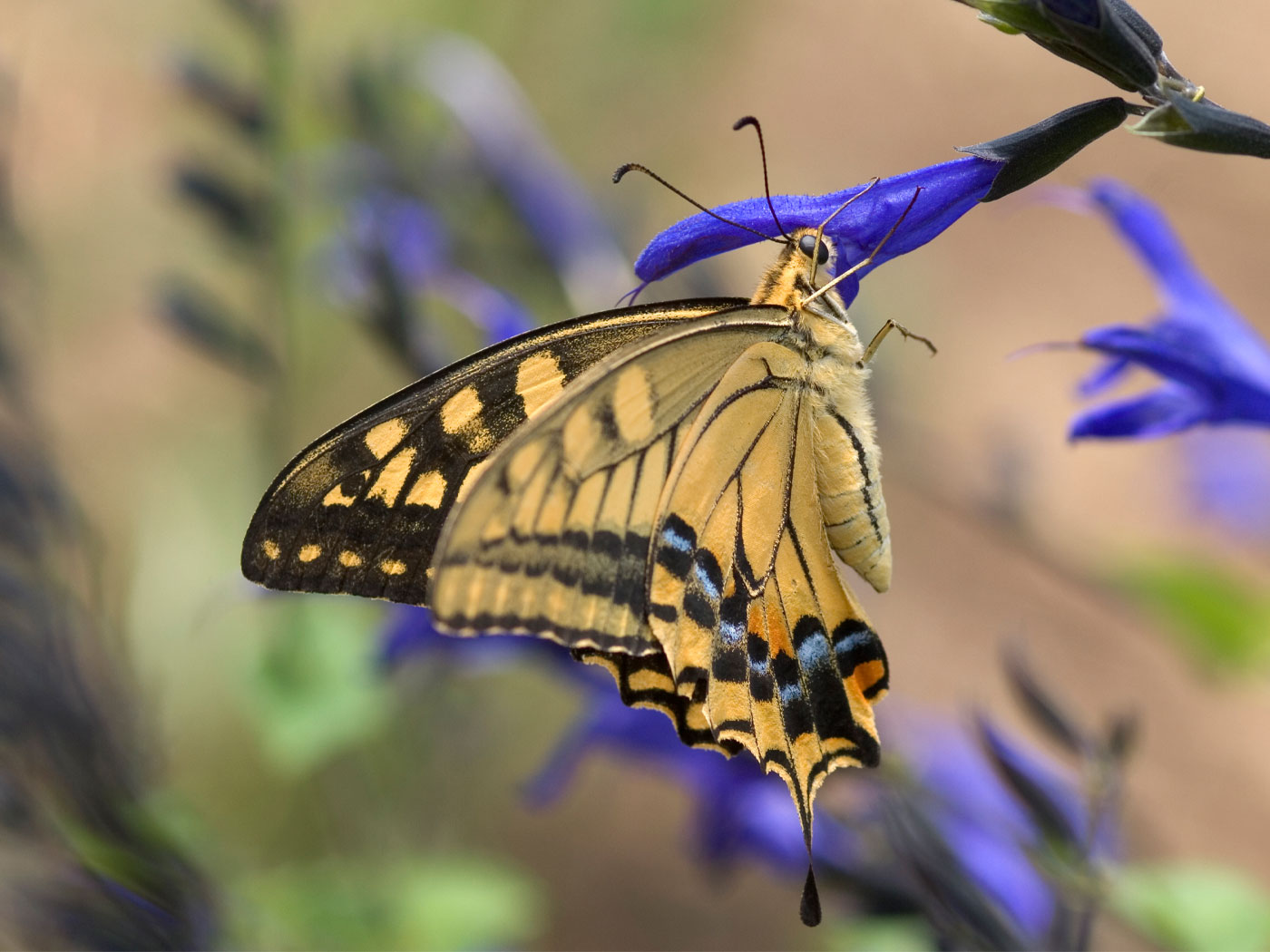Pesticide companies used to sell concoctions of poison mixed with sugar in attempts to control cockroaches. The sugar would attract the insects and the poison would kill them. At least, that was the initial idea.
The roach population rapidly adapted its taste preferences and, in just a few years, many of the roaches seemed to have developed an aversion to sugar and thus avoided the poison. Since then, some companies changed their patented formulas to make more effective products. But the whole story left researchers wondering how the roaches changed their tastes so quickly.1
Publishing in the journal Science, three researchers found that most wild German cockroaches do in fact prefer sugar, and that they grow faster than the breeds that do not.2 The scientists termed the anti-sweet-tooth roaches "Glucose-Averse," or GA.
The researchers captured roaches from 19 wild populations and found that seven of them already contained GA roaches. For each roach, they measured individual neurons within a single taste "sensillum"—tiny detectors near the insect's mouths. When wild-type GA roaches taste sugar, the neuron type that signals "this is tasty, you should eat it" instead signals "this is nasty, you should avoid it." The other neuron types send the same messages to their respective breed's brains.
The researchers assumed that the GA roaches descended from wild-type ancestors. But if that's so, then how and when did the taste aversion occur? They wrote, "A similar mechanism gave rise to glucose aversion in multiple cockroach populations."2 So, however the taste switch occurs, it happens the same way over and over.
The sensory neuron's finely-tuned mechanism provided another clue. This roach precision instrument can correctly identify individual sugar molecules. Man-made machines with similar capabilities are immense by comparison and often occupy whole desk tops. In addition, the cockroach taste switch happens "without compromising the exquisite sensitivity of the gustatory system to glucose, [which] highlights the specificity of this adaptive change," according to the study authors.2
So, the change is extremely specific, happens the same way each time (as far as scientists can tell), and does not disrupt the tasting system. The study authors interpreted the changes as resulting from random mutations. This likely possibility fits either of two big-picture origins scenarios—Darwinian evolution or a fallen creation. But the creation concept opens the door to another possibility: These clues are also consistent with the hypothesis that somebody programmed cockroaches to be able to change specific taste preferences in order for them to pioneer and fill new environments—an unfortunate situation for those whose homes become the cockroaches new environment of choice.
Or course, the roaches themselves could not deliberately change their own DNA. Instead, the Creator programmed their DNA to make certain changes.
Until rigorous historical DNA analyses provide more insight, the origins of these roach taste preferences will remain unsettled. But the researchers entertained only one origin possibility—evolution. They wrote, "Populations of the German cockroach have rapidly evolved an adaptive behavioral aversion to glucose."2 Did they really evolve as part of a Darwinian story of molecules that eventually became humans?
Perhaps the taste changes originated from a mutation that altered the originally created roach DNA. Or perhaps God created the insect's different tastes in the beginning.
Either way fits this study's findings. When just the glucose-averse roaches survive and reproduce amid an environment with insecticide-tainted sugar, the population—after several generations—shifts to predominantly GA members. That's merely a shift in proportions of insect types that already existed, not evidence of molecules-to-man evolution.
Or, perhaps God programmed dynamic DNA altering mechanisms into these insects. In any case, the study authors failed to weigh several possible design options.
Glucose-averse cockroaches, as creepy as they may be, glorify the Creator through both the incredibly precise and miniaturized engineering in their sensory systems and through the wonderfully effective way that their sensory systems can apparently reprogram.
References
- The "whole story" took place in a test house in Florida during the late 1980s, according to The Associated Press. See: Ritter, M. Cockroaches quickly lose sweet tooth to survive. Associated Press. Posted on news.yahoo.com May 23, 2013, accessed May 29, 2013.
- Wada-Katsumata, A., J. Silverman, and C. Schal. 2013. Changes in Taste Neurons Support the Emergence of an Adaptive Behavior in Cockroaches. Science. 340 (6135): 972-975.
* Mr. Thomas is Science Writer at the Institute for Creation Research.
Article posted on July 15, 2013.

























